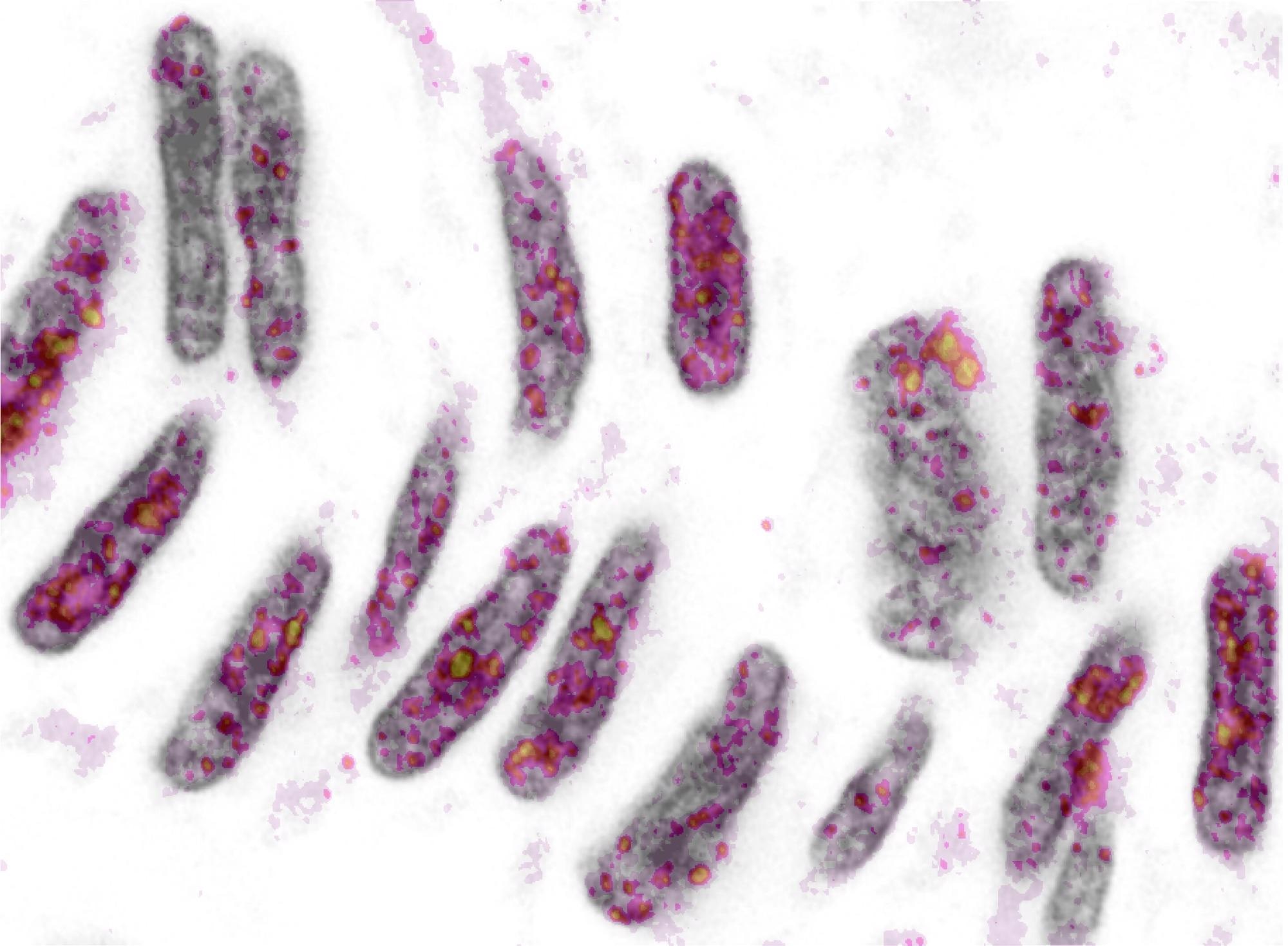What role does DNA packing play in regulating gene activity? Fanka Rang and Kim de Luca, researchers from Jop Kind’s (group leader at the Hubrecht Institute and Oncode Investigator) group, created a way to monitor both gene activity and DNA packaging at the same time to address this topic.

Image Credit: Hubrecht Institute
EpiDamID is a way to determine the position of modified proteins wrapped around DNA. It is crucial to collect data on these changes since they affect DNA accessibility and, as a result, gene activity. EpiDamID is thus useful for studying the early stages of organism development. On April 1st, 2022, the study’s findings were published in Molecular Cell.
DNA is tightly packed around nuclear proteins called histones to fit inside the nucleus of a cell. The DNA can be (in)accessible to other proteins based on how tight this wrapping is. This finds out whether gene expression, DNA to RNA translation and finally protein production, can occur.
DNA packaging determine gene activity
The addition of molecular groups to histones regulates the tightness of DNA looping around them. These so-called post-translational modifications (PTMs), for example, might loosen DNA wrapping.
This improves gene expression by making DNA more accessible to particular proteins. As a result, the proteins involved in this process identify and attach the PTMs effectively. This allows transcription, which is the process of copying DNA.
Epigenetic regulation is the process of controlling gene expression, such as through PTMs. Since all cells in the body have the same DNA, controlling gene expression is critical for (de)activating specific functions in individual cells. Heart muscle cells, for example, perform different roles than skin cells, necessitating the expression of different genes.
Analysis of single cells using EpiDamID
Franka Rang and Kim de Luca, the study’s lead authors, devised a new approach for determining the location of PTMs in terms of understanding how they affect gene expression. Scientists can evaluate single cells using this method, called EpiDamID, whereas prior methods could only measure a big group of cells. In contrast to information on the average DNA winding of many cells, research on such a small scale offers knowledge on how DNA winding differs per cell.
EpiDamID is based on DamID, a method for determining the binding sites of certain DNA-binding proteins. EpiDamID can identify the binding position of certain PTMs on histone proteins in single cells.
This method has a significant benefit over others in that it requires very little material from researchers. EpiDamID can also be used in conjunction with other approaches like microscopy, to investigate gene expression regulation at various levels.
Future prospects
Following the invention of this approach, the Kind lab will concentrate on the role of PTMs in developmental biology. Since EpiDamID can evaluate single cells, scientists just need a small amount of material to get enough information. Researchers may now investigate the early development of organisms starting with the first cell divisions when the embryo is only a few cells.
Source:
Journal reference:
Rang, F. J., et al. (2022) Single-cell profiling of transcriptome and histone modifications with EpiDamID. Molecular Cell. doi.org/10.1016/j.molcel.2022.03.009.